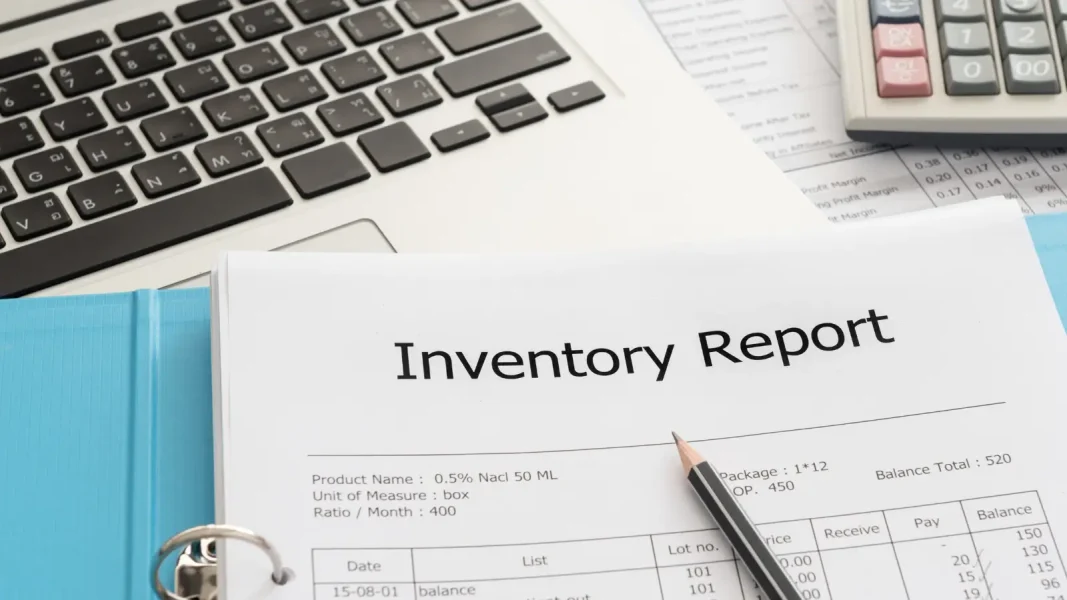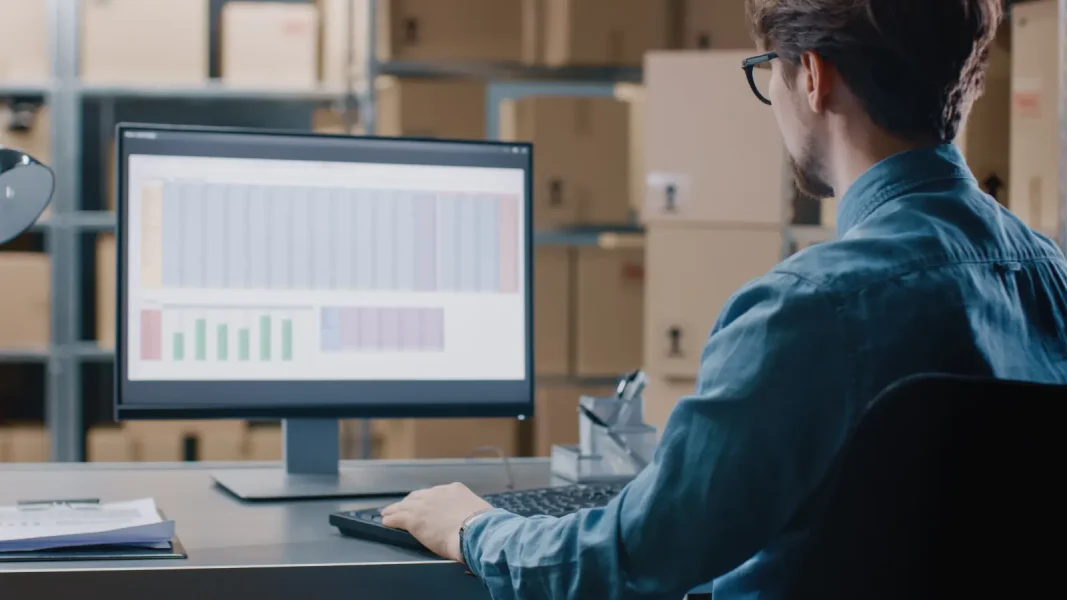Do you want to make price a lever for the competitiveness and profitability of your company?
In this case, pricing should be approached from a strategic angle.
- Which competitors do you want to watch?
- What influencing factors should you take into account?
- What calculation rules should you follow?
Your pricing strategy aims to preserve or increase your margins, remain competitive and respond to market trends.
Pricing is the operational result of your strategy. Aberrations in prices or a lack of responsiveness can be very expensive and permanently damage your price image. To avoid these pitfalls, you can now automate price setting with a pricing solution.
In this article, we explore the 5 reasons to consider automating price calculation, but also the safeguards to apply to keep control of your pricing strategy.
Save time to focus on higher value-added tasks
A pricing strategy is based on incoming data which is, by nature, variable: purchase price, competitor prices, level of demand, seasonality, etc.
Therefore, you must continually recalculate your prices based on changes in these variables. You can choose to do this manually or with Excel tables. But, in this case, the task is time-consuming, tedious and the risk of error increases.
By automating pricing, you can focus on tasks that provide greater added value:
- Define an effective strategy
- Ensure the relevance and quality of input data upstream
- Control output price recommendations
If we dig a little deeper, this means that:
- The tool does not replace the strategy. It is the operational arm. It’s obvious, but it’s always better to say it.
- For price calculation to be as fair as possible, you must ensure the reliability of the input data. The configuration phase with the solution editor is largely used for this.
- Automating is good, but not blindly. Make sure you have control mechanisms to challenge the recommendations of your solution.
However, once you’ve established a strategy that works for you, it would be a shame to have to recalculate your prices every day. An automation solution automatically calculates your prices based on up-to-date incoming data and the strategy rules you have. fixed.
You save your pricers 3 to 5 hours of weekly work. And, at the end, all you have to do is check and validate the prices.. Your teams can focus on analyzing predictive results.
You can automate certain checks like SRP overrun or range consistency. But let’s imagine that you have a strategy to align with a competitor. This competitor makes an aberrant price change. If you automate without controlling, your prices will also be aberrant.
It is therefore essential to configure blocks, alerts but also to do a human review of the prices, to ensure that everything is consistent.
Minimize the risk of errors
Manual pricing via Excel has had its day.
Nowadays, pricers have to change their item prices more regularly, and pricing strategies have become more refined. The available and actionable input data has become more numerous.
To respond to changes in the profession, automation is gaining ground. As we have seen, it gives pricers more time to focus on strategy. And, another advantage, it limits the risk of errors.
With an automated solution, the data used to calculate prices is checked, made reliable and homogenized. They can be used in real time in price calculation algorithms. You avoid the risk of corrupted files or incorrect data due to incorrect entry or incorrectly entered formulas.
Once you enter your strategy into the tool, the calculations are correct. If the results are inconsistent, it is likely that the input data is “outlier,” for example if you are aligning with a competitor who has set outrageous prices. Hence the interest in having verification mechanisms and alerts at all levels.
Streamline and harmonize internal pricing management
Very often, when pricers have to calculate their prices manually, everyone is focused on their category or part of the job. The time spent on setting prices is less time to allocate to team discussions on defining the overall strategy and analyzing performance.
Automation strengthens collaboration on pricing. You deploy your strategy globally across all your products and your stores. The employees involved can see the results. You have a common basis for exchange.
Since the strategies are harmonized, you also ensure more consistency. The validation process is also better defined since all stakeholders have access to the results at the same time and can react and communicate immediately.
The adoption of a pricing automation solution is therefore an opportunity to gain in structure and methodology.. Pricers, centrally, can exchange more easily. The handover also becomes simpler in the event of the absence or departure of an employee. Collaboration with in-store teams also becomes more fluid. For example, department managers know exactly when they will receive their new prices and can prepare for them.
Operationally, automation also allows more time to plan and anticipate business operations, exceptional price changes. In addition to communication between pricers and other pricing stakeholders, inter-department collaboration with marketing and merchandising is also facilitated by the time savings provided by the solution. Since daily life runs automatically, teams have more agility to work on special operations.
Meet the need to change prices more regularly
Since the COVID period, competitive intensity has increased. Traditional businesses face competition from pure web players. They themselves are implementing omnichannel strategies, which add new layers to their pricing strategies. Inflation also brings the subject of prices to the forefront and impacts consumer purchasing behavior.
All these contextual elements, put together, invite retailers to change their prices more often, including in sectors that were not used to it.
In the DIY world, players change their prices 3 or 4 times a year. Now, they have to do it once or several times a month. It is therefore much more comfortable and secure to automate these price changes based on simple rules for aligning or changing purchasing conditions.
The same goes for the garden/pet center sector. Previously, brands changed their prices twice a year. But the arrival of discounters on their market, online sales, and competition from GSAs are forcing them to be much more active on pricing.
The pharmaceutical sector is also evolving on this subject, with players seeing pricing as a real strategic lever.
Conduct a more granular pricing strategy
Automation helps make price calculation more reliable. It simplifies the daily life of the teams involved in pricing.
Depending on your level of maturity, it can also help you implement a more refined and ambitious pricing strategy.
When you automate, pricing is no longer a problem. When initializing, you can therefore adopt a more granular approach by integrating a multitude of rules and factors into your strategy.
For example, you can add influencing factors that you consider relevant, apply sales forecasts or demand elasticity calculations. You thus go further in the strategy while knowing that you will not have to redo the calculations each time and that processing times will be reduced by automation.
Even if your need to integrate new variables is not immediate, automation makes it easier to add new datasets later in the project. As you mature, you will be able to push the limits of your pricing strategy.
Automation also helps you gain competitiveness, including against competitors who are difficult to follow, particularly in omnichannel. If you have the right input data and well-defined alignment rules, you can optimize your prices to maintain a competitive advantage.
However, to make pricing a sustainable competitive advantage, automation is not everything. You must also take into account the sensitivities of your customers. The rules you set are not set in stone. You also need to understand them well, see the results and be able to evolve your pricing strategy over time while maintaining control.
The limit of automation lies in the “black box effect”. This is why our Optimix XPA solution provides a report on the calculation rules which led to a price calculation. At any time, you can see how the price was calculated and, if necessary, you can readjust the strategy by modifying a rule that does not seem (or no longer) suitable to you.
Automating pricing has several advantages: reliability, operational efficiency, responsiveness, etc.
However, to bear fruit and meet your objectives, it is important that automation is fully mastered.
Automating doesn’t mean you have to delegate everything to your solution. The solution frees you from the most time-consuming tasks, but strategy remains the prerogative of pricing teams. It is always the pricers who set the rules and see the results. They provide verification mechanisms to ensure the validity of the strategy.
Successful pricing teams are those who know how to strike the right balance between automation and human expertise. It is with this in mind that we designed our pricing solution, with control mechanisms, blocks and alerts to allow you to take control when necessary.
Do you want to automate your price calculation while maintaining control over your strategy? Contact us to discuss your project.






